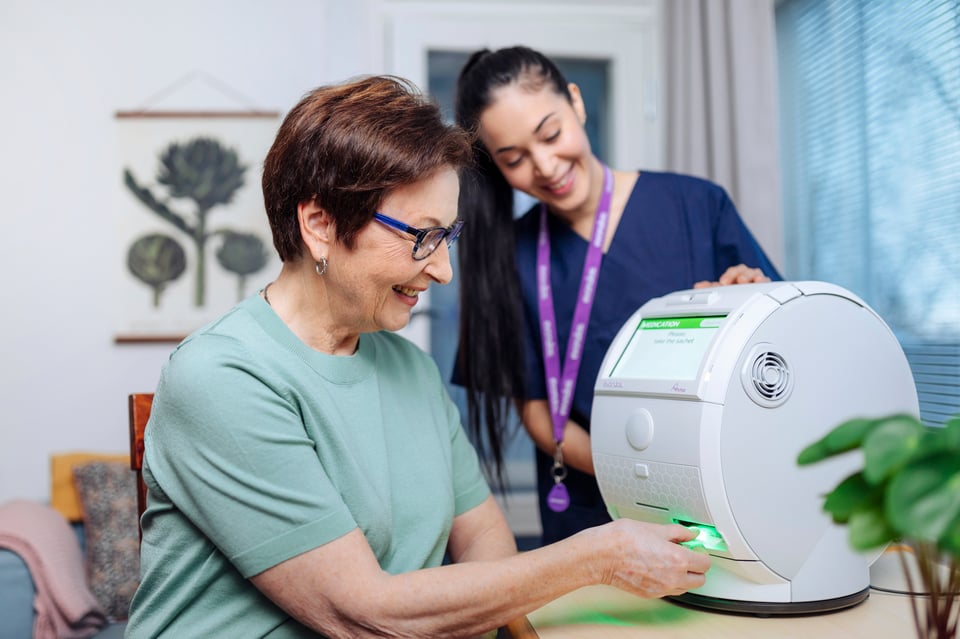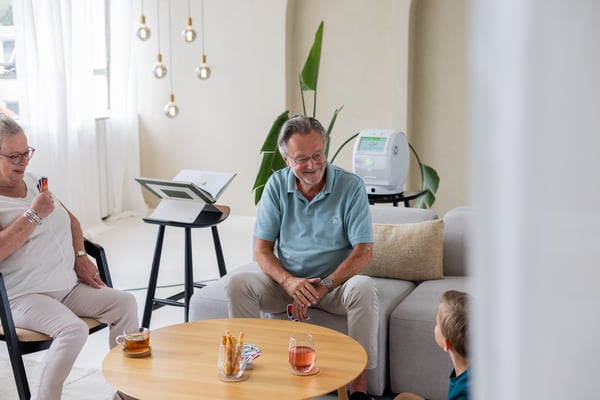
As healthcare budgets around the globe become more stretched, costs rise and organisations struggle to do more with less, how can the public sector ensure citizens still receive affordable healthcare?
This blog looks at core strategies that advance healthcare while maintaining affordable healthcare for citizens, resulting in the best outcomes for all stakeholders.
1) Digital transformation
In public sectors across Europe, the most significant strategy driving change is digital transformation. As healthcare enters the digital age, new technologies, software and robots are being used to improve service delivery.
But how does this translate into ensuring affordable healthcare for citizens? Although implementing new digital technologies and tools can have a high initial cost, operational gains in the long run mean that costs per patient are ultimately reduced.
The first cost-saving benefit of digital transformation is it reduces manual input spent on time-intensive tasks that automation or technology could easily replicate. This reduces human labour costs and means healthcare professionals can spend their valuable time elsewhere.
Digitisation of services also dramatically minimises human errors, meaning healthcare services are more accurate and, therefore, on time, further increasing efficiency and reducing costs.
Lastly, digital healthcare services are much easier to scale, so the public sector can adjust supply to meet demand without dramatically impacting affordability.
2) Continuous development of healthcare staff
Healthcare staff are arguably the public sector's most valuable asset. Their expertise and vital services for citizens can't be underestimated, so continuous investment in and development of these employees is critical to ensuring affordable healthcare.
Firstly, highly trained and developed staff will increase efficiency over time. They'll have the knowledge and skills to provide the best possible service, ensuring citizens receive high-value healthcare.
Increased knowledge and skills can also translate into better care delivery and more suitable solutions, potentially resulting in fewer visits and reduced costs in the long term.
Investing in diversifying healthcare providers' skill sets can also mean employees will have the expertise to complete more varying tasks, driving down the overall cost of healthcare provision.
3) Relying on robots in healthtech
Many healthcare activities are labour-intensive and require many human hours, whether staffed reception desks, dispensing medicine or on the phone.
Technology development means many of these tasks can be replaced with robots, automation or other technologies, so valuable human hours can be better spent elsewhere.
It'll also reduce salary costs, which can be further reinvested into improving the quality and value of healthcare for citizens.
How Evondos can help
So, how can Evondos help the public sector to continue delivering affordable healthcare for citizens? The Evondos medicine dispensing robot is the perfect combination of software and hardware, offering intelligent automatic medication dispensing for care patients.
Our robot automatically dispenses medicine while keeping independence and safety as top priorities. The technology reduces the need for care staff input, saving costs and time spent travelling, which all contribute to reducing the cost of healthcare.
In the case of our Kramfors success story, the implementation of Evondos saw many benefits for the municipality. Nurses could work shorter shifts, giving them time back but also reducing the hours paid.
The number of visits was also reduced by 10,183, which had a knock-on effect on fuel consumption, which was reduced by 8,584 litres. In addition, the time freed up for nurses equated to approximately 4,242 hours per year.
And the benefits of the Evondos service aren't just about reducing costs:
- Allows safer medication management.
- Boosts user independence at home.
- Increases caregiver satisfaction as they can focus on other, more rewarding tasks.
- Ensures high medication adherence.
- Improves patient safety.
Are you looking for a partner for change?
We can help. Our medicine-dispensing robot has the power to transform healthcare, saving time, money and resources. To find out how we work and the deployment steps we follow, click the button below.






